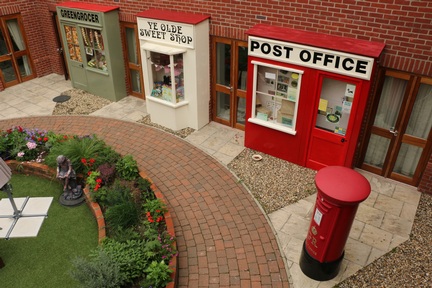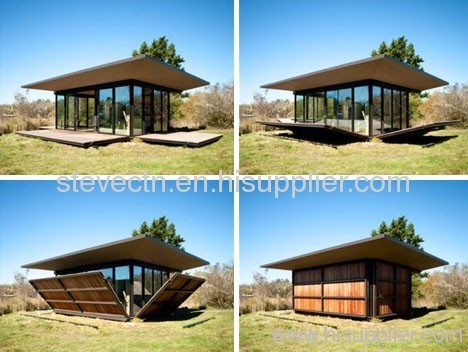Though Singapore has no scarcity of hanging modern buildings, it’s the island’s rows of traditional shophouses which might be its most distinctive architectural characteristic. The degree of a shophouse’s ornamentation depended on the prosperity of its proprietor and the encompassing space; shophouse facades in cities and (former) boomtowns are typically more elaborate than spartan rural shophouses. Shophouses, like terraced homes in England and townhouses in the U.S., abut one another to type rows with common facade, with fireplace walls between them and adherence to avenue alignment.
^ Kaye B., Upper Nankin Avenue, Singapore: A Sociological Research of Chinese Households Living in a Densely Populated Space, University of Malaya Press, Singapore, and Oxford University Press, 1960. Whereas modular properties and housing developments may be nice options for some homebuyers, steel constructing homes are rising in popularity throughout the nation as a result of many advantages together with cost financial savings, sturdiness and the flexibility to customized design steel houses and not using a costly architect.
Fashionable shophouses use related supplies but moreover embrace strengthened concrete beams. Shophouse residents may also get pleasure from unique access to 2 spacious rooftop terraces. Depicted here is a row of mid-twentieth century, three storey shophouses in Chinatown, Singapore of conventional Sino-Portuguese , Art Deco and International types. Gia and I went for a walk down Jalan Besar (very close to Little India) and strolled down a number of the side streets which are filled with shophouses.
The term shopoffice 14 citation wanted is used to consult with a derivative of the shophouse design tailor-made for business use on both the bottom floor and floors above accessible through stairwells constructed to the front of the constructing. By the Eighties, shophouses had just about fallen out of favour as they have been simply too small to make efficient use of scarce land, though a semblance of the five-foot way lived on in some concrete procuring developments of the time.
Some of these shophouse rows have multiple inside courtyards that today host open-air eateries and function spaces. The primary Anglo-Chinese College, established by Methodist missionaries in 1886, performed its first-class at an Amoy Road shophouse with 13 college students. The Methodist Girls Faculty was based in 1887 in a shophouse at Quick Avenue.